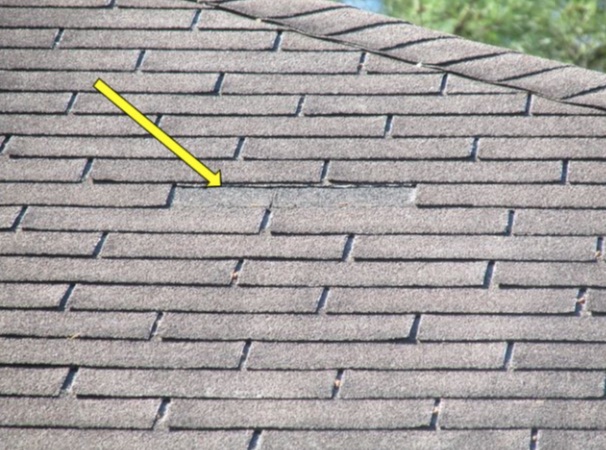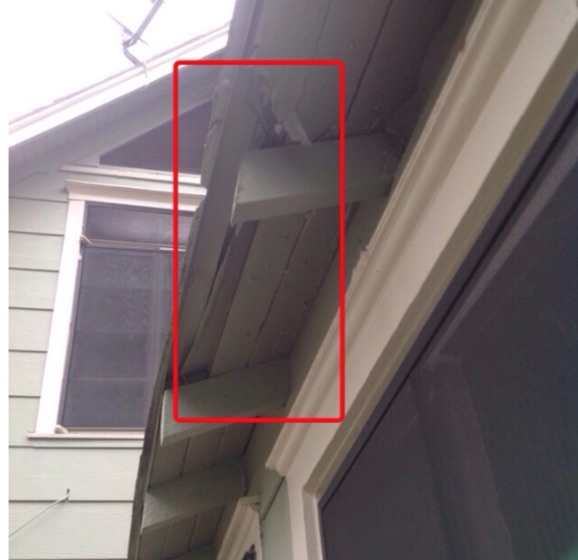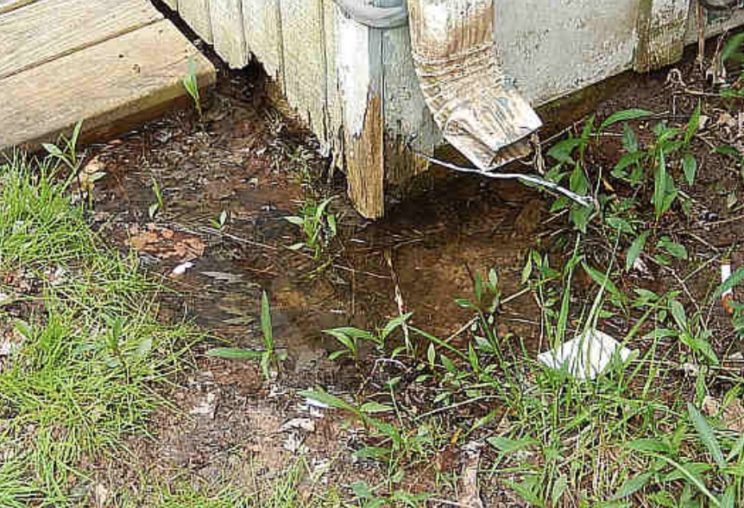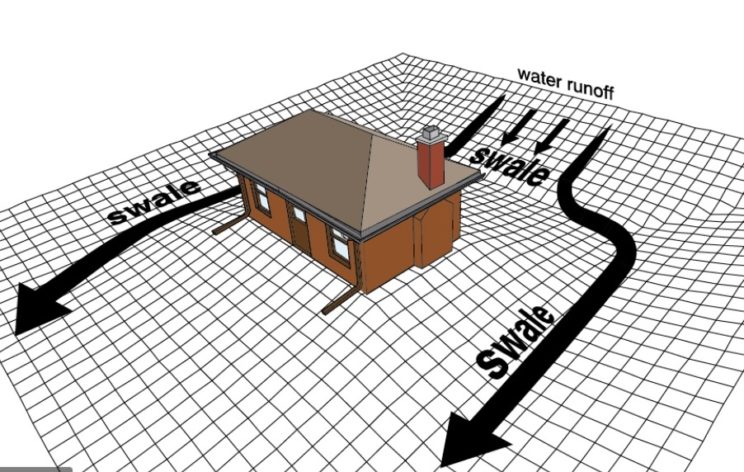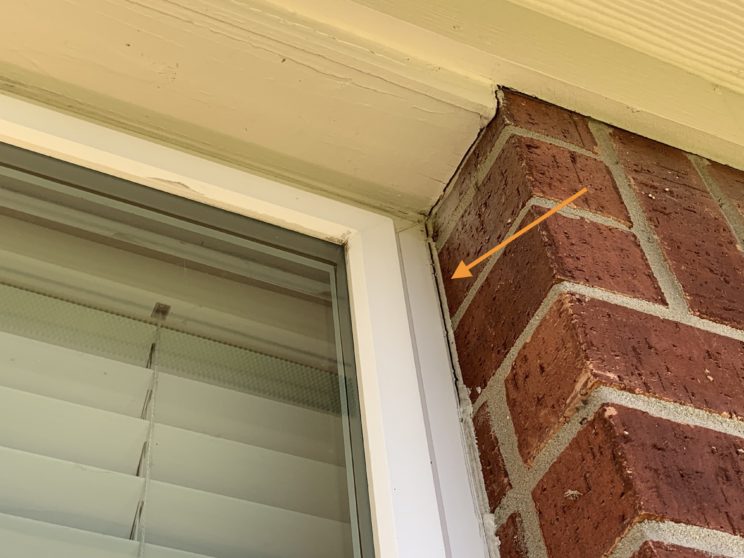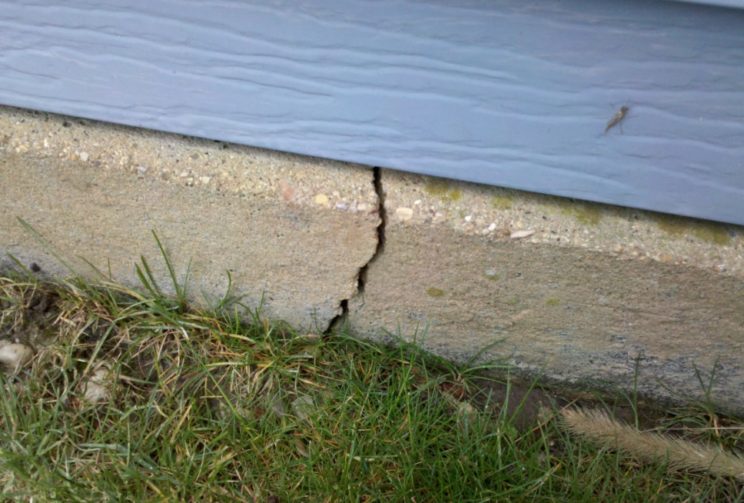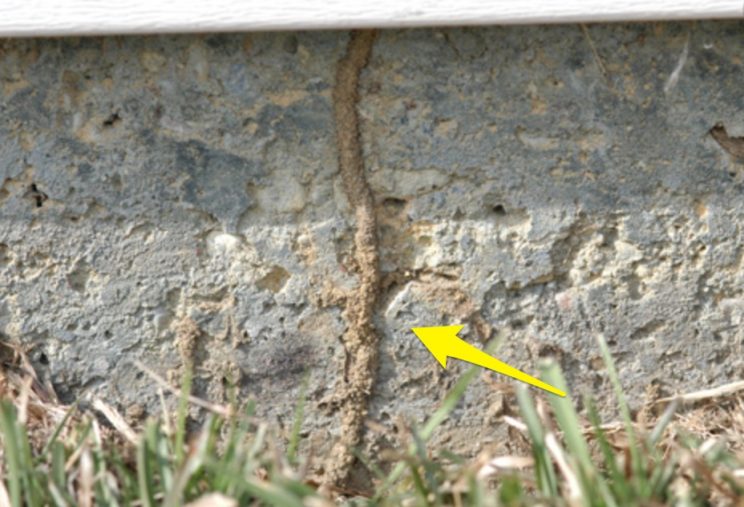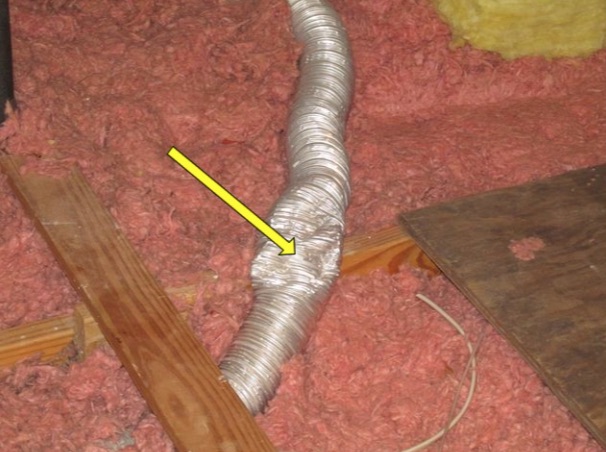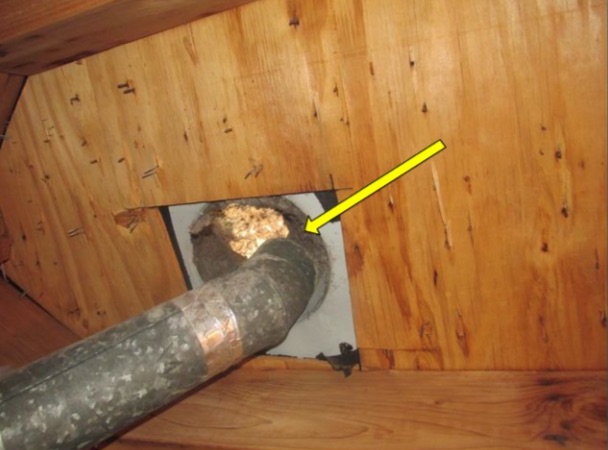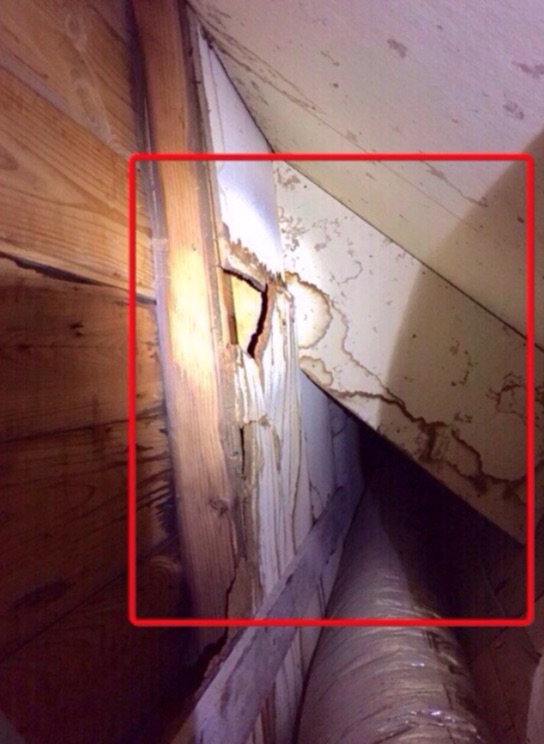Spring Home Maintenance Checklist
Spring is the perfect time to refresh your home after winter. This detailed checklist covers indoor and outdoor tasks to keep your home in top shape.
📌 Exterior Maintenance
1. Roof & Gutters
[ ] Inspect the roof for missing, loose, or damaged shingles. Use binoculars to take a closer look.
[ ] Clean gutters & downspouts to prevent clogs and water damage. Check for damage and make repairs.
[ ] Check for leaks around flashing, chimneys, and vents. Check soffits. Soffit vents should be clear and clean so your home can breath.
[ ] Ensure proper drainage, extend downspouts at least 5 ft from the foundation. Check for gutter leaks and rust
[ ] Trim all plants/trees that are touching your home.
Tip: Install gutter guards
2. Siding & Paint
[ ] Wash exterior walls to remove dirt, mildew, and pollen.
[ ] Inspect for peeling paint or rot, repair as needed.
[ ] Check caulking around windows and doors for gaps.
3. Windows & Doors
[ ] Clean windows & screens (inside and out). Fix torn screens
[ ] Check weatherstripping and replace if worn.
[ ] Lubricate door hinges & locks with silicone spray.
Tip: Have a fear of spiders? Just spray some WD-40 on places where spiders and other insects can get in, such as window sills and door frames. It will keep the spiders and other bugs out.
Tip: Sticky windows?
4. Foundation & Drainage
[ ] Inspect the foundation for cracks or water damage.
[ ] Grade soil away from the house (slope should be 6 inches over 10 ft).
[ ] Clear debris from drainage systems (French drains, etc.).
[ ] Repair cracked concrete
5. Deck & Patio
[ ] Sweep & wash deck/patio surfaces.
[ ] Check for loose boards or nails, tighten or replace.
[ ] Apply sealant or stain if needed.
[ ] Inspect outdoor furniture, clean or repair as necessary.
6. Yard & Landscaping
[ ] Rake leftover leaves & debris to prevent mold.
[ ] Aerate & fertilize the lawn for healthy growth.
[ ] Prune shrubs & trees (trim branches away from the house).
[ ] Check sprinkler system for leaks and adjust spray heads. They should be spraying away from your home.
[ ] Mulch garden beds to retain moisture and prevent weeds.
[ ] Look for insect infestation. Carpenter Ants, Termites swarm in the spring. If there’s a bunch of winged insects flying out of a hole in the woodwork, it might be termites.
7. Outdoor Plumbing & HVAC
[ ] Turn on outdoor water supply and check for leaks.
[ ] Inspect hoses & faucets for winter damage.
[ ] Service AC unit: Clean condenser coils, change filters, and check refrigerant levels.
🏠 Interior Maintenance
1. Deep Cleaning
[ ] Dust ceiling fans & light fixtures.
[ ] Blean blinds and window treatments
[ ] Organize closets & storage areas (spring decluttering!).
[ ] Clean your Garbage Disposal
[ ] Clean your dishwasher
[ ] Clean your washing machine
[ ] Overall Maintenance & Clean Refrigerator Coils
[ ] Clean the range hood filter
[ ] Clean your dryer vent (super important, it’s one of the most common cause of fires)
Tip: Other items to clean and maintain in the kitchen
2. HVAC System
[ ] Replace air filters (do this every 1-3 months).
[ ] Schedule professional HVAC maintenance (Ideally schedule maintenance twice a year, spring and fall).
[ ] Clean vents & ducts to improve air quality.
3. Plumbing Check
[ ] Inspect under sinks for leaks.
[ ] Test sump pump (pour water into the pit to ensure it activates). (if applicable)
[ ] Flush water heater to remove sediment buildup.
[ ] Check for loose faucets and shower heads.
[ ] Check the caulking around toilets, bathtubs, faucets, showerheads, sinks, etc.
[ ] Remove hard water stains using Bar Keepers Friend and WD40. Especially on glass.
[ ] Running toilet?
Tip: Do you faucets or shower heads have low pressure or starts spraying to the side, it’s usually due to a dirty aerator screen. To remove the mineral and other deposits, soak the aerator in vinegar, then scrub it with a toothbrush. This usually solves the problem. Still having issues? Do a showerhead deep clean.
Tip: How to unclog a drain
Tip: things you should not put down the garbage disposal
4. Safety Checks
[ ] Test smoke & carbon monoxide detectors (replace batteries if needed).
[ ] Check fire extinguishers (ensure they’re charged and accessible).
[ ] Review emergency exits & plans.
5. Attic & Basement
[ ] Look for signs of pests (rodents, insects).
[ ] Check for moisture or mold, improve ventilation if needed.
[ ] Insulate pipes to prevent condensation.
🚗 Bonus: Garage
[ ] Declutter & organize the garage
[ ] Inspect garage door, lubricate springs and tracks.
✅ Final Step: Schedule Repairs
Make a list of any major issues (roof leaks, foundation cracks, etc.) and schedule professional help if needed.
24 DIY Tools You Should Have at the Ready for Quick-Fix Home Repairs
By tackling these tasks, your home will be ready for summer! 🌸✨



